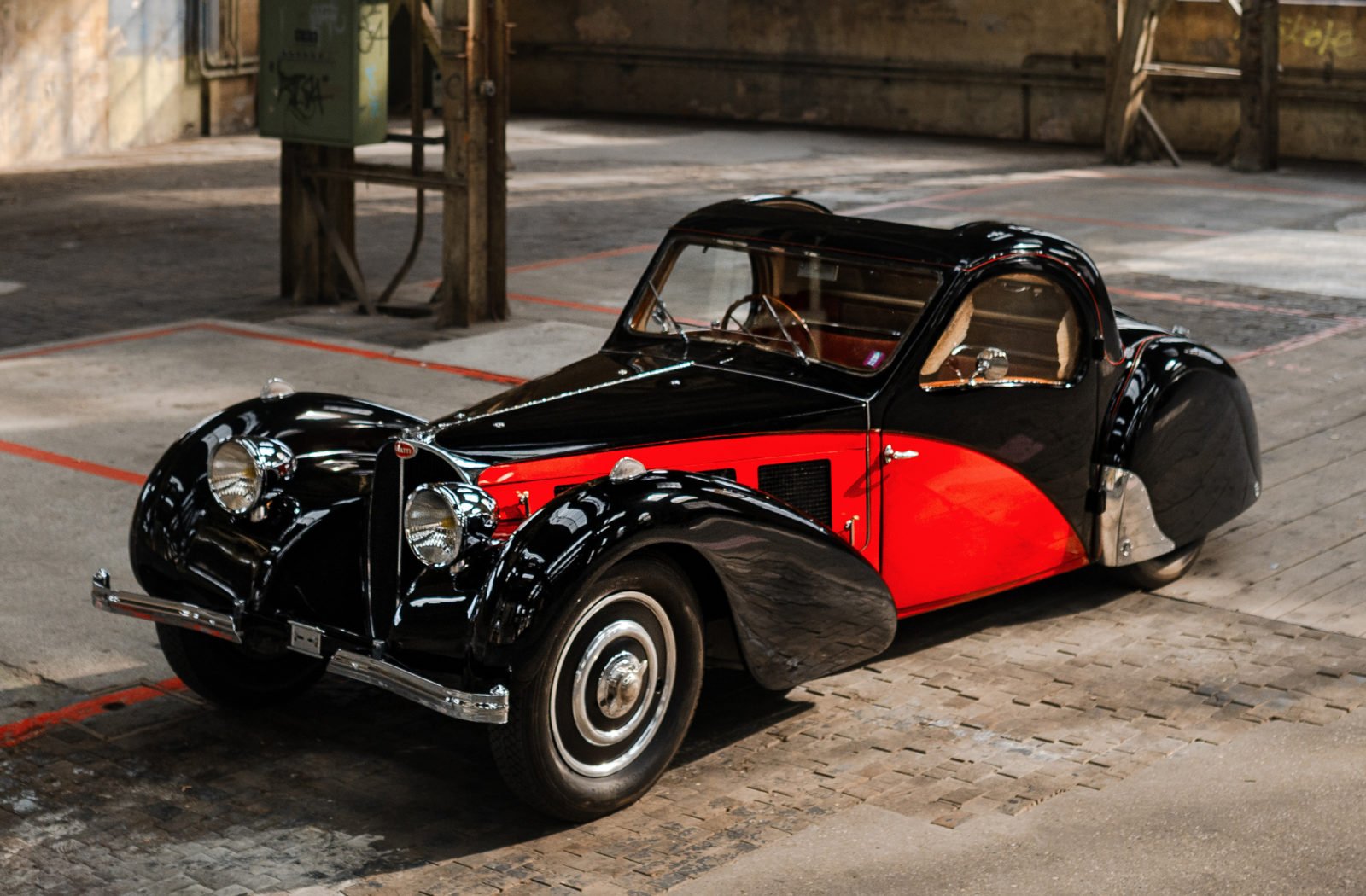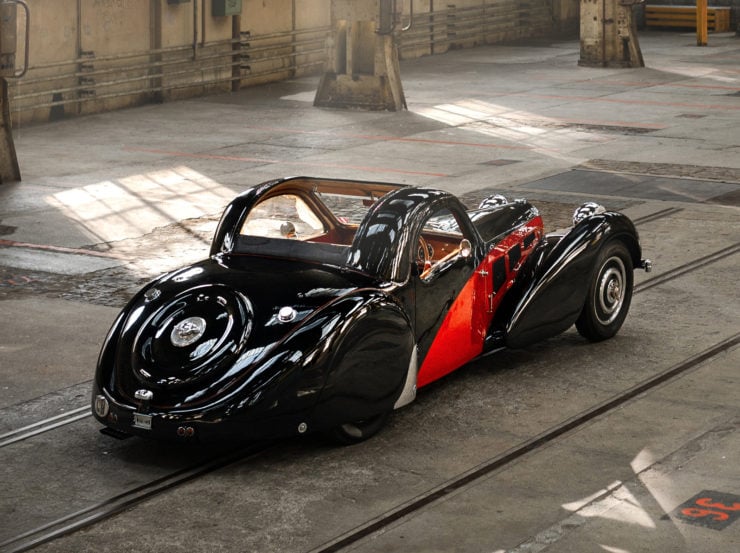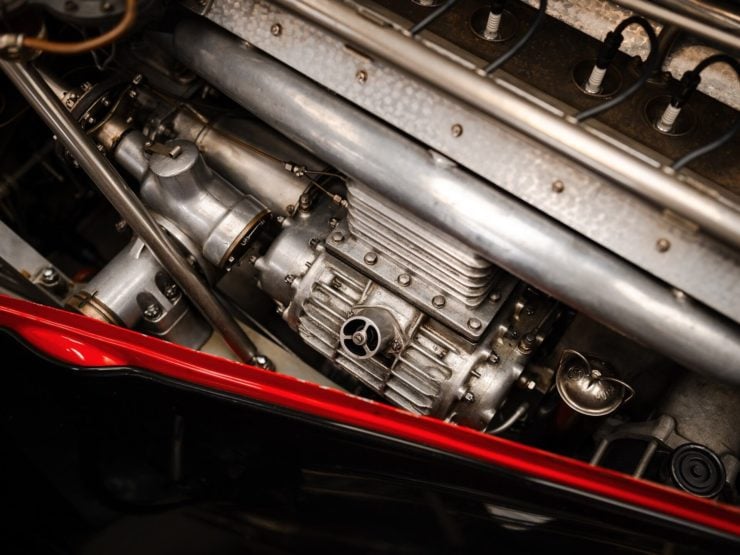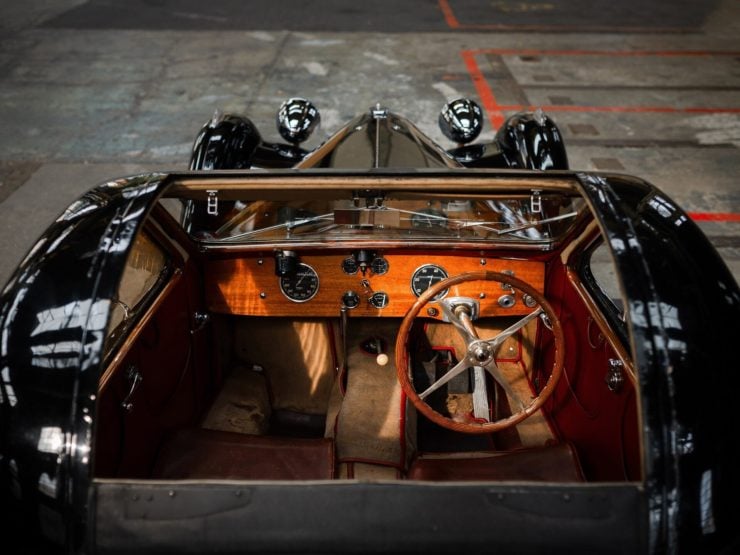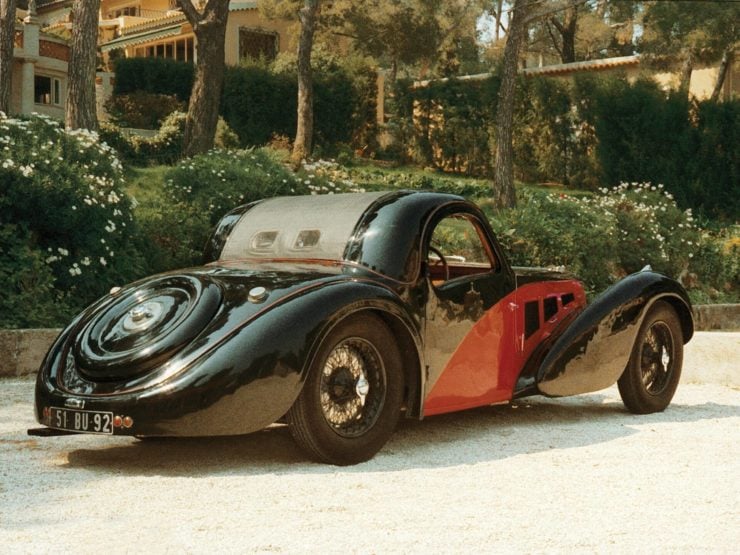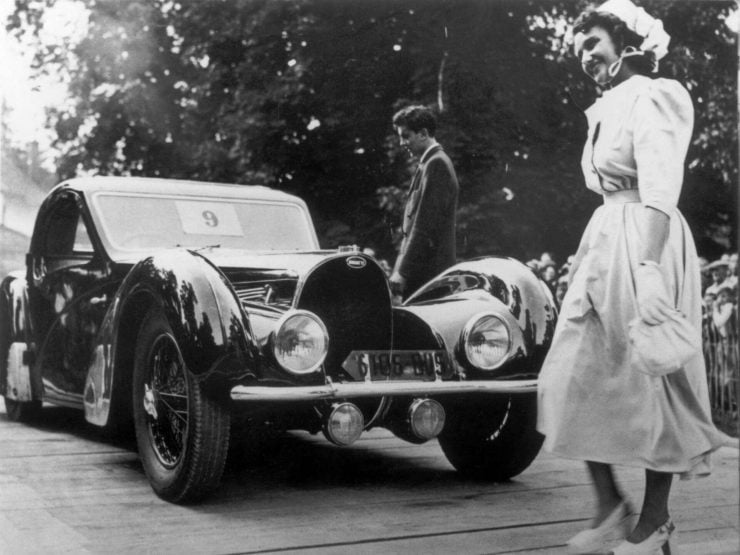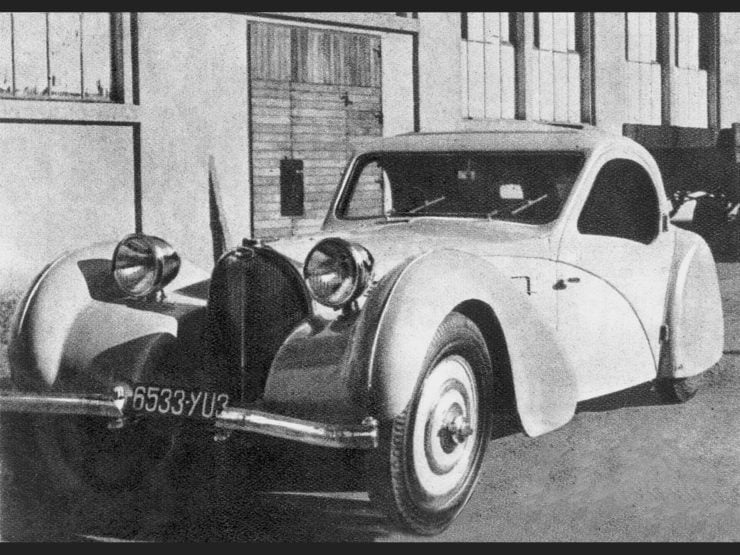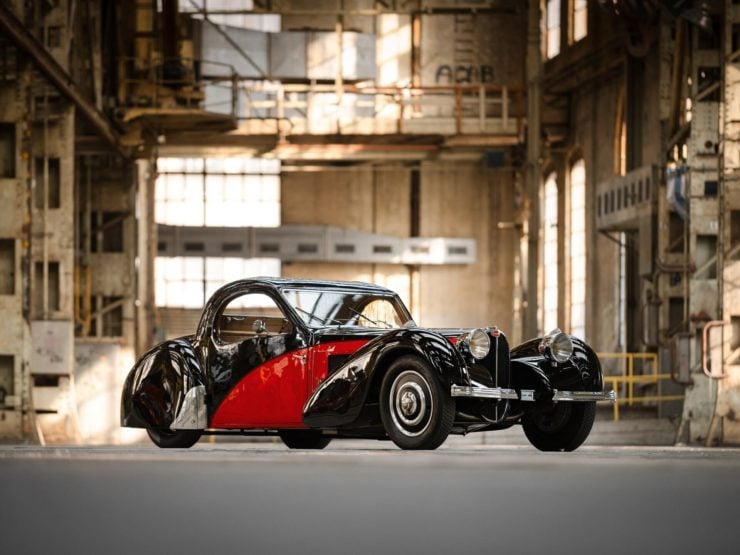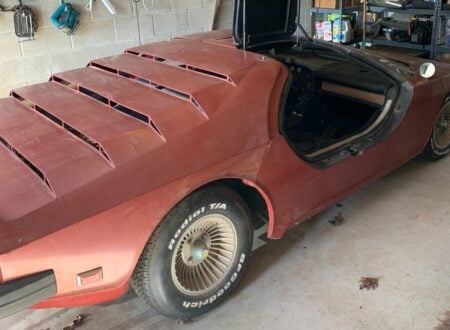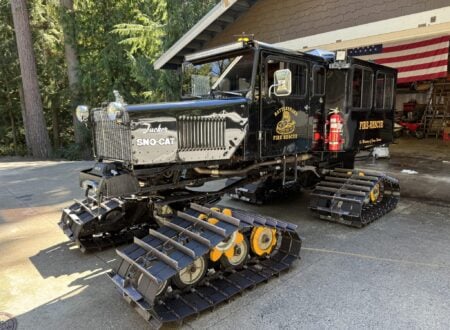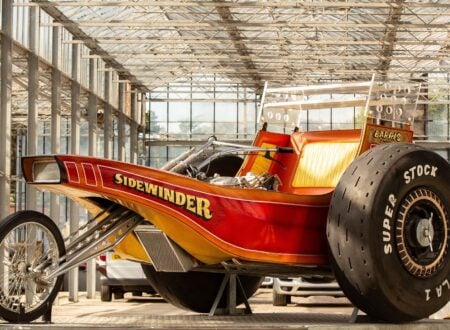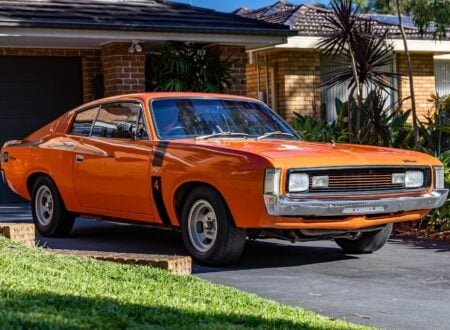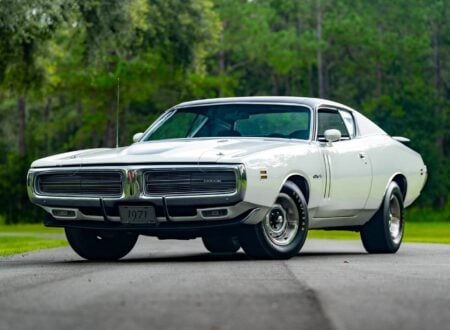The Type 57S Bugatti Atalante is regarded by many as the ultimate example of the art of of Bugatti embodied in its engineering, performance and aesthetics.
It is a profound work of automotive art coming from the 1930’s, in which period some of the most beautiful automobiles ever made were created.
Fast Facts – The Bugatti Type 57S Atalante
- Jean Bugatti began active design work in the creation of the Bugatti Royale at the age of twenty three.
- The Bugatti Type 57S Atalante is arguably his greatest creation.
- The design evolution for the Atalante began with the Aerolithe show car, followed by two cars called Coupé Aero, two called Atlantic, and then the completely revised Atalante.
- Of the seventeen Atalante made only two were initially made with the Roots type supercharger, but the vast majority were retro-fitted by the factory.
Jean Bugatti
Jean Bugatti’s heritage was from an artistic family that extended back generations and included sculptors, a furniture and jewellery designer, and an architect.
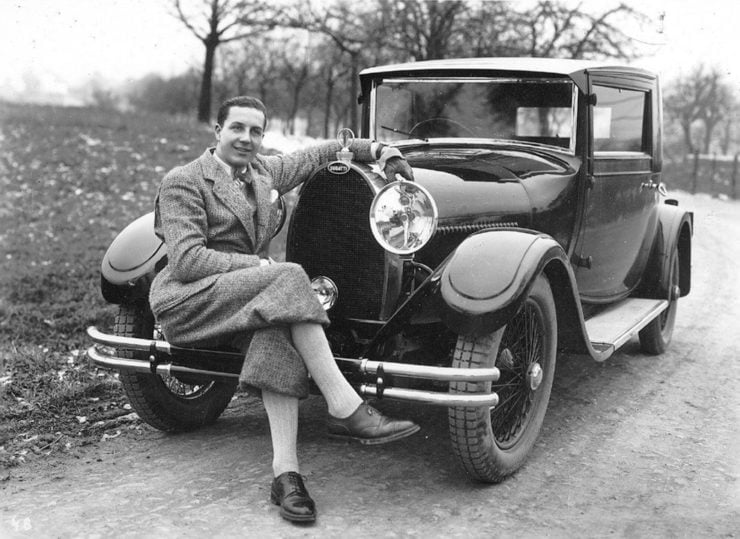

Jean’s father was the renowned French-born Italian Ettore Bugatti, the founder of Automobiles E. Bugatti. Jean was raised in an environment where art, design and high performance automobiles all merged together, providing him with a firm foundation from which to make great contributions to his father’s business.
As Jean grew into adulthood he embraced a significant design role in his father’s company doing much of the work on the Type 41 Bugatti Royale at the age of just twenty three, and then body designs for the new Type 57 which entered production in 1934; the Galibier sedan, the Ventoux two door sedan, Stelvio drophead coupé: and the Coupé Aero, Atlantic, and Atalante which were built on the lowered Type 57S chassis.
The Type 57 cars were built on two styles of chassis; a standard chassis that produced a car of conventional height, and the 57S “Surbaissé” chassis which set the car low to the ground – lowering the centre of gravity and creating a sleek lowered appearance.
The Type 57S chassis used an articulated front axle to provide a semi-independent suspension with semi-elliptic leaf springs, while the chassis rails on either side were made to increase in height passing alongside the middle section of the car until at the rear they were sufficiently deep that the rear axle could be made to pass through oval shaped holes cut into the chassis.
This arrangement kept the reverse quarter elliptic leaf springs close mounted to the outer side of the chassis. It produced a very low slung and rigid chassis, a perfect combination for a high performance car.
The brakes were mechanically actuated drums all around, mechanical brakes being Ettore Bugatti’s firm preference.
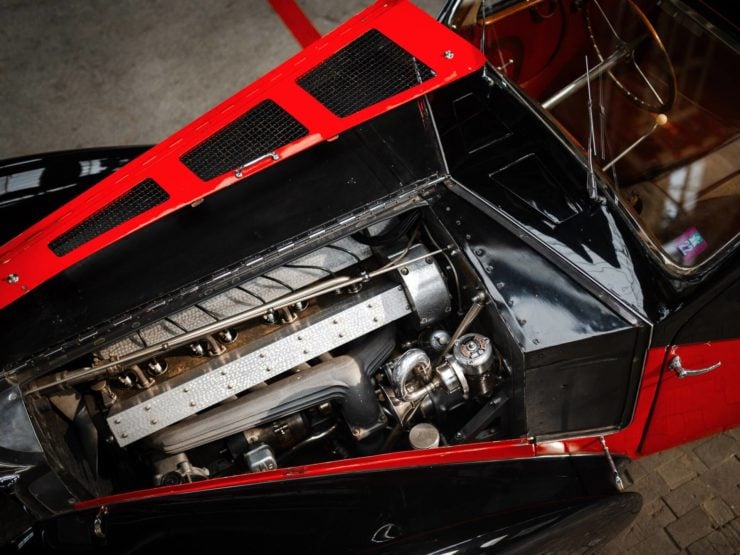

The engine for both the standard Type 57 and the lowered Type 57S was the 3.3 litre (3,257 cc) Bugatti DOHC straight eight which was also used in the Type 59 racing cars, so the Type 57 were indeed powered by a proven racing car engine.
Because of the very low slung Type 57S chassis it was not possible to use a conventional sump mounted under the crankcase and instead a 20 litre dry sump was installed. Given that this was to be a luxurious road car the engine was fitted with gears to drive the camshafts from the rear of the crankshaft to reduce gear noise.
A four speed manual gearbox transmitted the engine’s power to the rear wheels.
In its standard naturally aspirated form as fitted in the Bugatti 57S the Bugatti straight eight produced 175 hp. There was also offered a Roots supercharger equipped version which boosted that power to 200 hp and enabled a top speed of 120 mph (190 km/hr).
Of the 17 Type 57S Atalante production cars made only two were made with the supercharger fitted: these were designated the Type 57SC (the “C” being for Compresseur). Interestingly many of the non-supercharged cars were subsequently returned to the factory to have the supercharger fitted.
Prior to the creation of the Atalante Jean Bugatti made prototypes to refine his ideas, the first and most famous of these was the Aérolithe concept car which was created by Jean Bugatti on a modified Type 57 chassis and first exhibited at the Paris Motor Show of 1935.
For this show car’s bodywork Jean Bugatti decided to use the lightest possible alloy and so chose a magnesium/aluminium alloy called “Elektron” which was showing promise as a material with which to build the bodywork of racing cars.
As an aside magnesium alloy was also subsequently used for the wheels of sports cars and thus the term “Mag Wheels” entered the lexicon of the English language.
The singular downside of magnesium alloys such as Elektron has been that they tend to be flammable – sufficiently so that Elektron could not be welded with the technology available to Jean Bugatti’s team in the mid 1930’s.
To circumvent this problem instead of welding the engineers created a raised ridge that went along the centre of the roof line like a spine that enabled them to use rivets – as was done in aircraft construction at the time.
Jean Bugatti’s design incorporated this feature into the flowing lines of the car so that it actually enhanced its appearance. In the picture below you can see this central spine along the roof and the front and rear fenders.
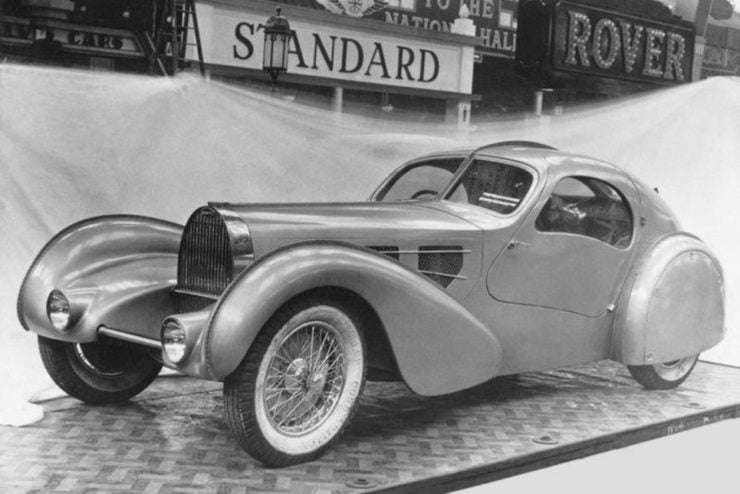

While the Aérolithe was a prototype show car it created enough interest for Bugatti to create four cars based on that design, but built on the lowered Type 57S chassis. The first two made in 1936 were called Bugatti Coupé Aero.
These cars were made with aluminium body panels rather than Elektron but riveted in the same fashion as on the Aérolithe. The second two cars were made in 1936 and 1938 but were named Bugatti Atlantic.
These were named in honour of the memory of Jean Bugatti’s friend Jean Mermoz, who had perished in an attempt to fly across the South Atlantic. Mermoz had previously succeeded and become the first to do so, but did not succeed on a subsequent attempt.
All four of these cars tend to be referred to as “Bugatti Atlantic”.
Jean Bugatti improved on the design from his Aérolithe, Coupé Aero and Atlantic designs to create his masterpiece the Atalante – named after a heroine of Greek Mythology.
This car did away with the riveted seam lines and the split windscreen of its forebears to create a car of low smooth lines with a wide one-piece windscreen. The resulting design is clean and for many rates as the peak of Jean Bugatti’s creativity.
Each Atalante was handbuilt and so features vary and no two of the 17 made are the same – although you may need to look closely to discern the differences which include such things as external headlights as fitted on the 1936 Atalante in our photographs, or headlights incorporated into the bodywork.
1936 Bugatti Atalante Chassis #57384
The car in our photographs was the first completed Atalante to roll out of Bugatti’s Molsheim factory on 27 August 1936. The car had been ordered back on 29 December 1935 by a Marcel-Louis Bertrand, who needed a new Bugatti because he had crashed his previous one.
This car became famous shortly after its delivery when it was loaned to Claire Descollas, who was the wife of Gaston Descollas, the concessionaire who had taken delivery of the car from the factory and provided it to Marcel-Louis Bertrand.
Claire Descollas was entered into the 9th Concours International de Tourisme Automobile Fémenin Paris-Vichy-St Raphaël, which was an international motor rally for female drivers held over 17-21 March 1937. Claire Descollas was a pre-race favorite for the event and she and the car featured in Les Figaro.
As events turned out Claire was in fourth place in the speed tests but had to retire from the event near Orange, but not before she had made her mark as a competition driver.
Claire Descollas would go on to set 10 world speed and endurance records aboard a Ford flathead V-8-powered Matford as part of an all-female crew that included Hellé Nice.
After that the clouds of war overshadowed Europe and the Nazis invaded France requiring the Bugatti to be hidden away for the duration.
After the war the car was bought and sold a few times, in 1951 making a sea journey across the North Atlantic to the United States where it was advertised in Road & Track magazine.
The car had another sea trip back to Europe where it was treated to a professional restoration to bring it back to the condition in which it left the factory – but painted in the black with red side flash colour scheme it now wears.
This Bugatti Atalante is coming up for sale by RM Sotheby’s at their St. Moritz auction to be held at the Grand Hotel des Bains Kempinski, St. Moritz, on 9th September 2022.
The Bugatti Atalante was one of the last cars designed by Jean Bugatti. He was killed in a car accident on 11th August 1939 as the war in Europe loomed: so he was spared from seeing the horror which was to begin on 1st September of that year.
The Atalante is a beautiful tribute to Jean Bugatti, his father Ettore, and family. A family that has given to us the beauty and engineering magnificence of Bugatti cars.
If you’d like to read more about this remarkable Bugatti or register to bid you can visit the listing here. It’s due to cross the auction block with RM Sotheby’s on the 9th of September with a price guide of $10,500,000 – $12,500,000 USD.
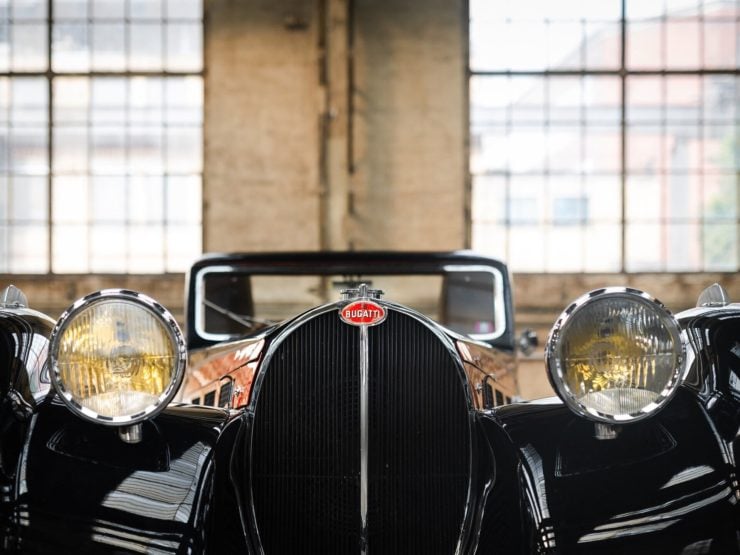
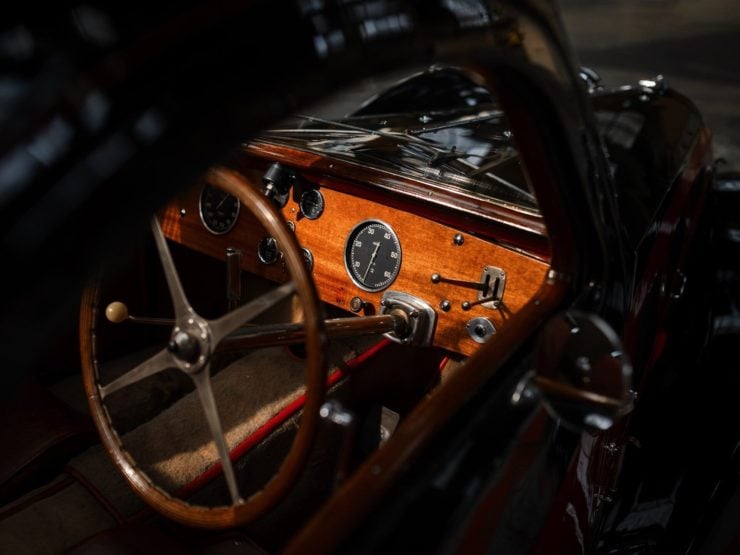
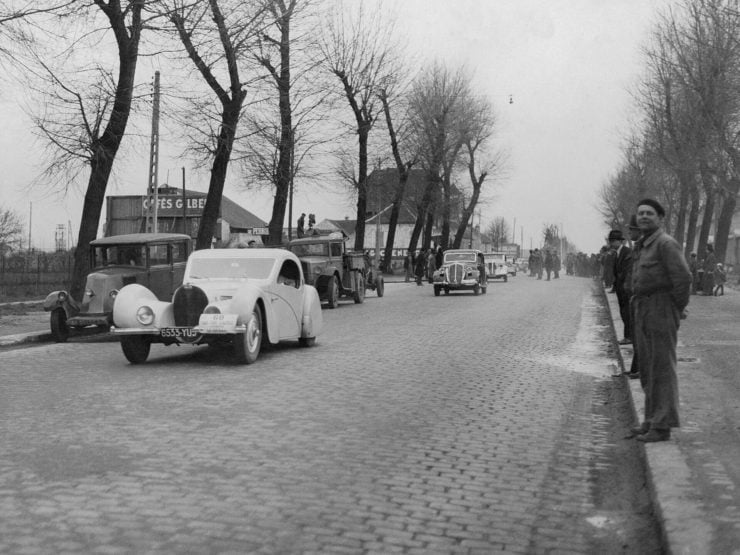

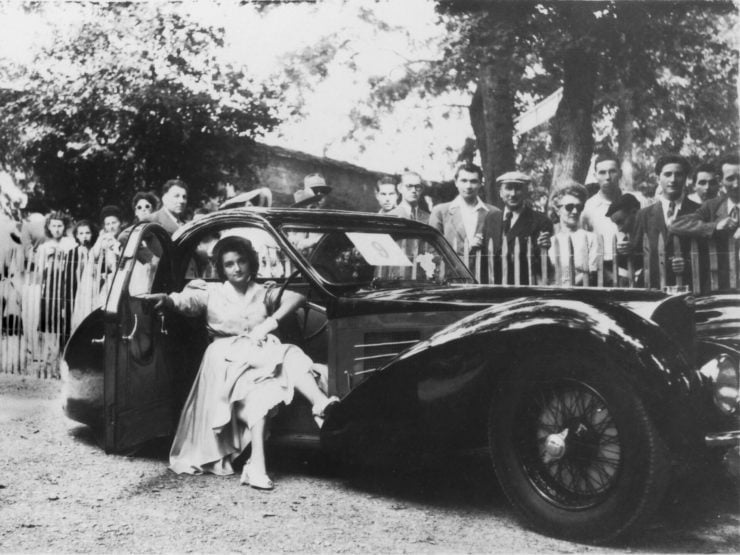
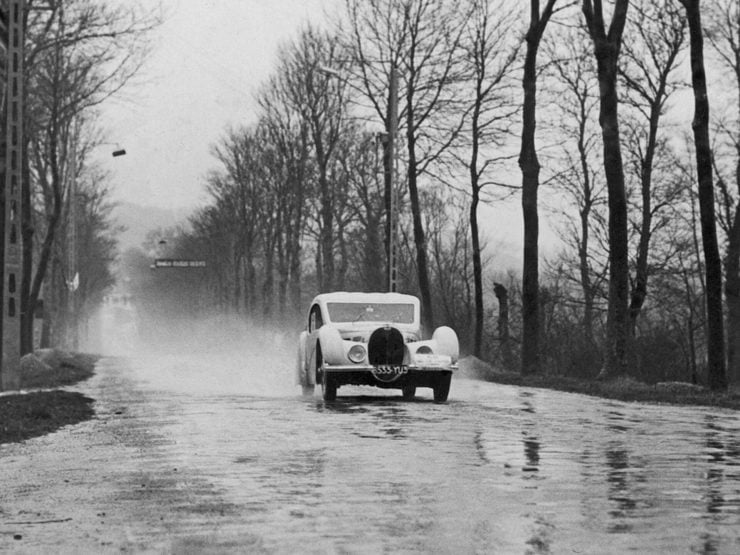
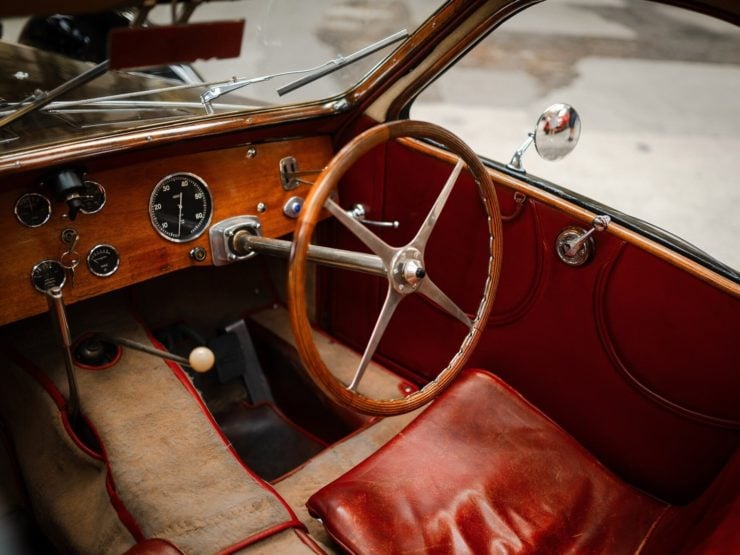
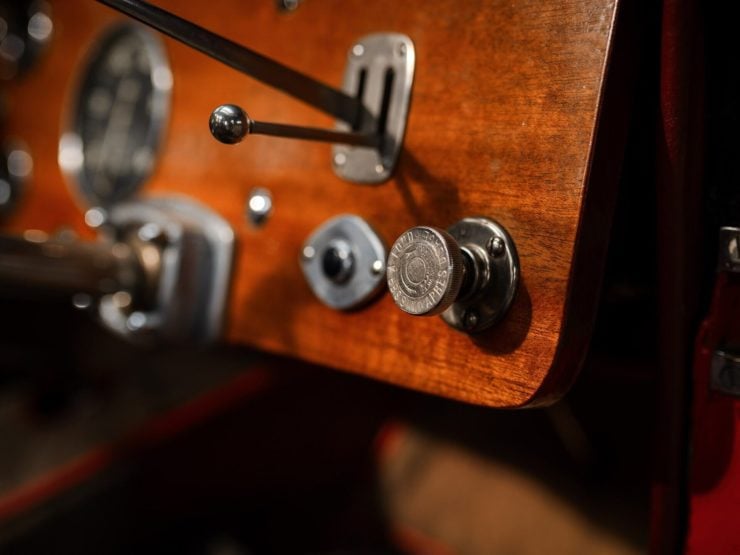
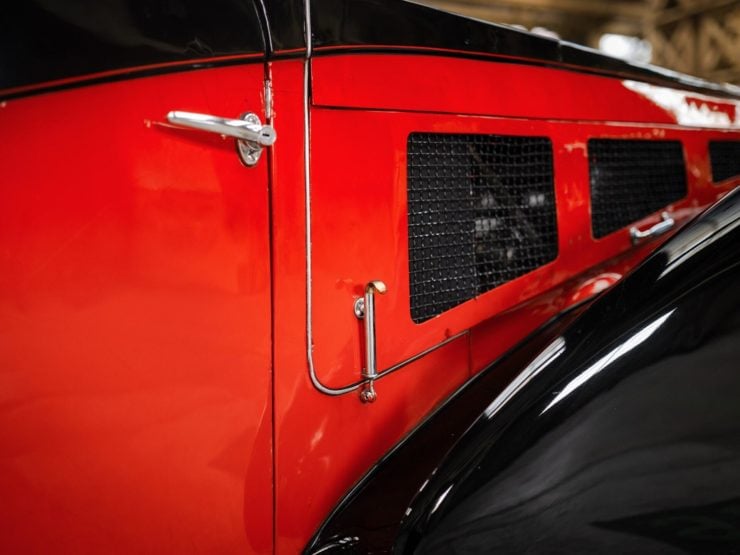
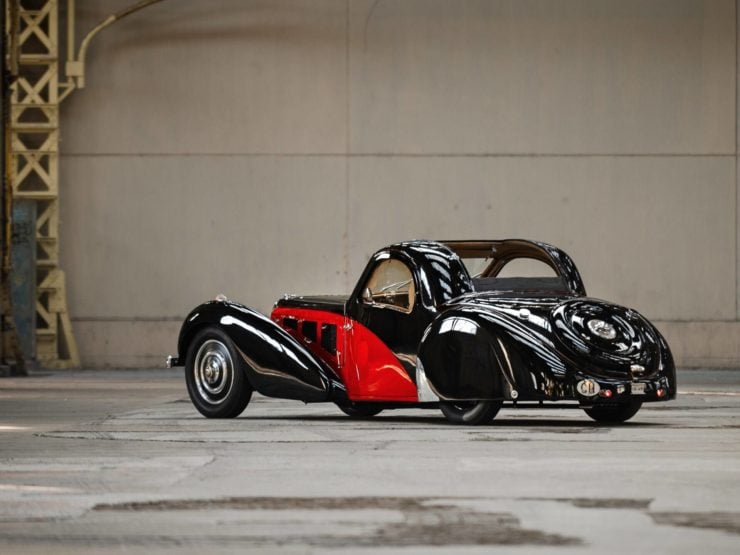
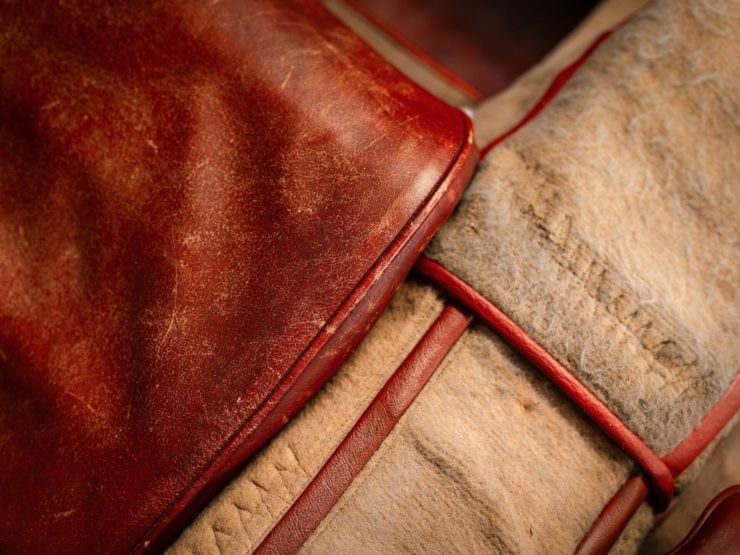
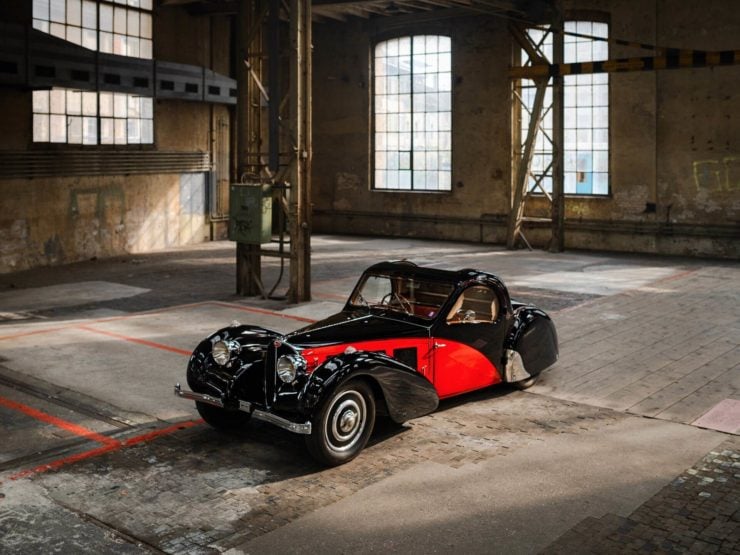
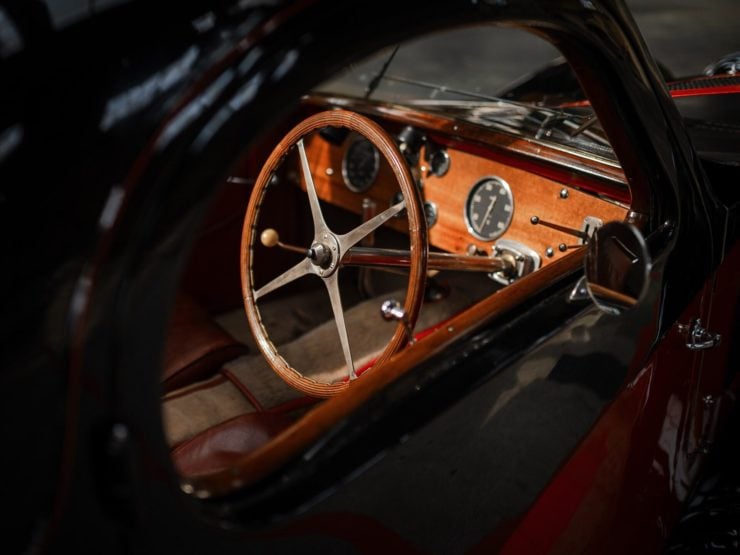
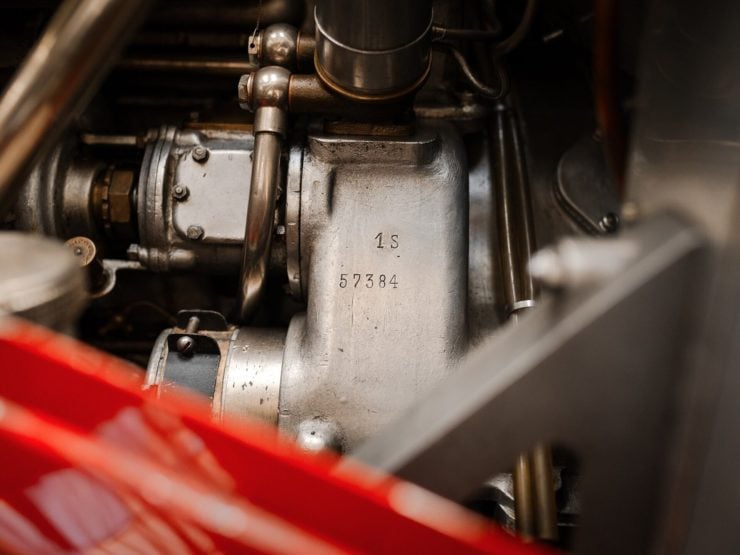
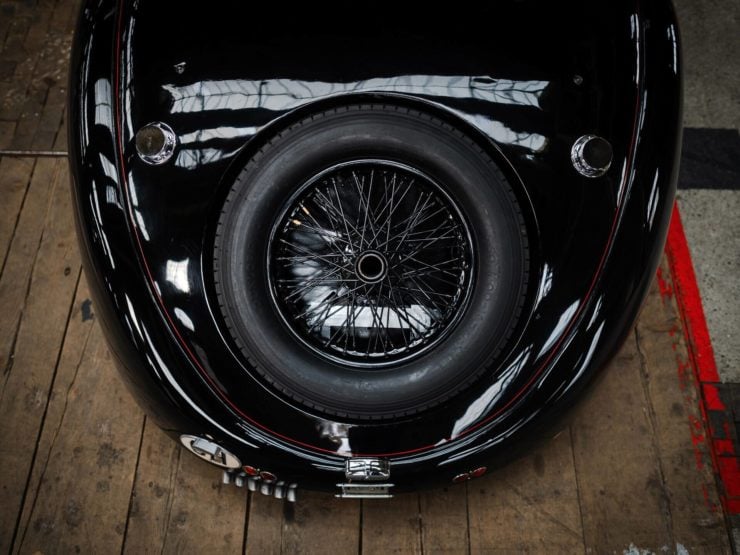
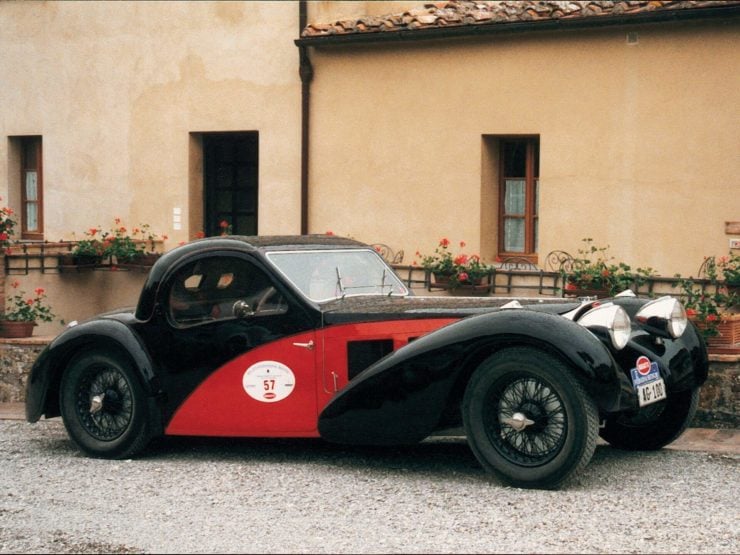
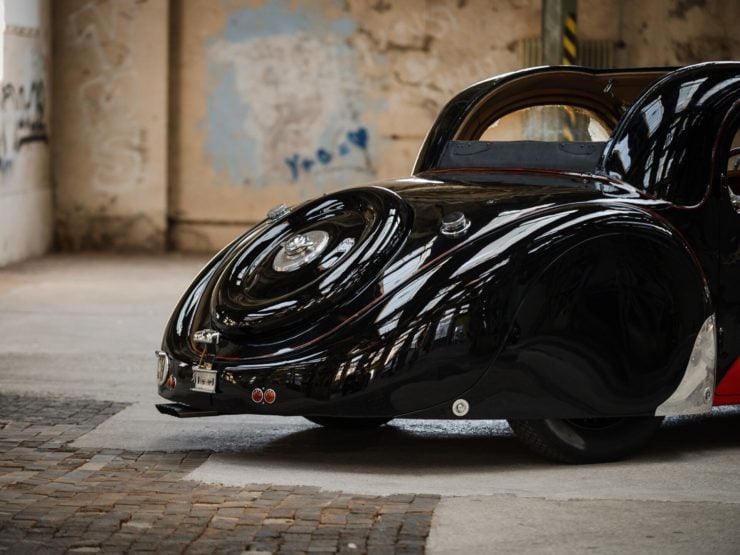
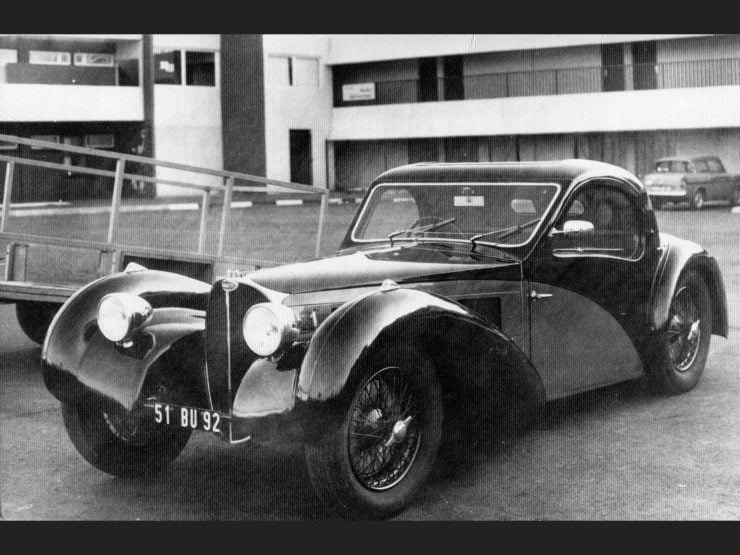
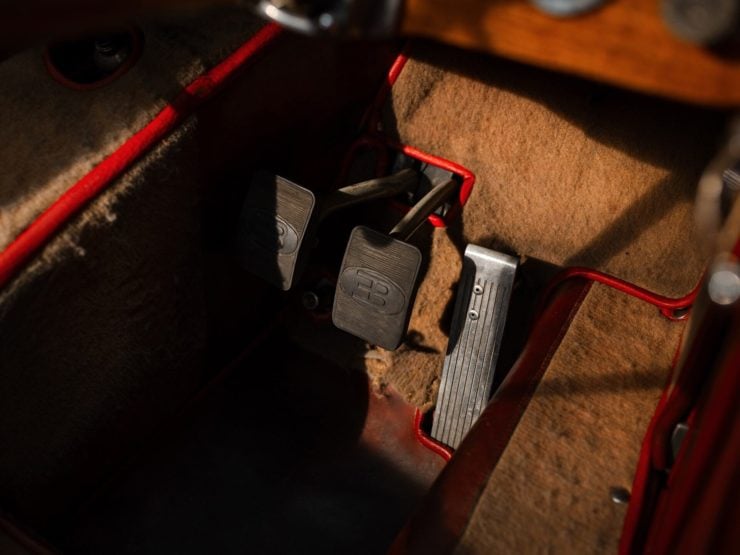
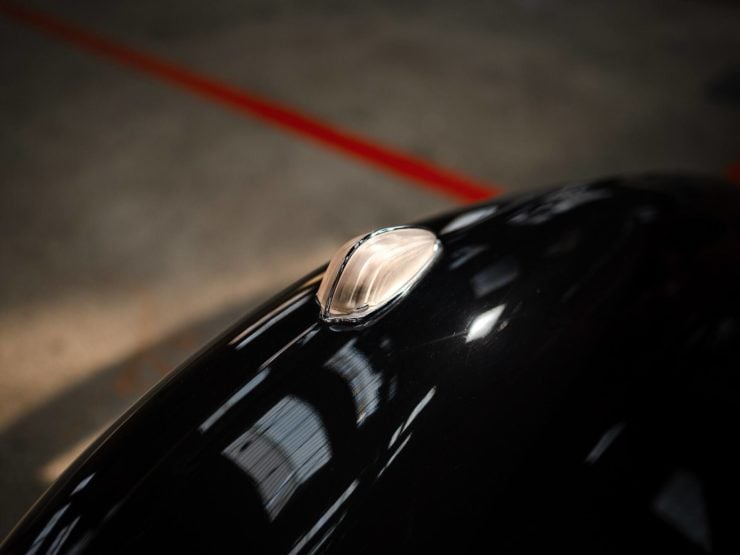
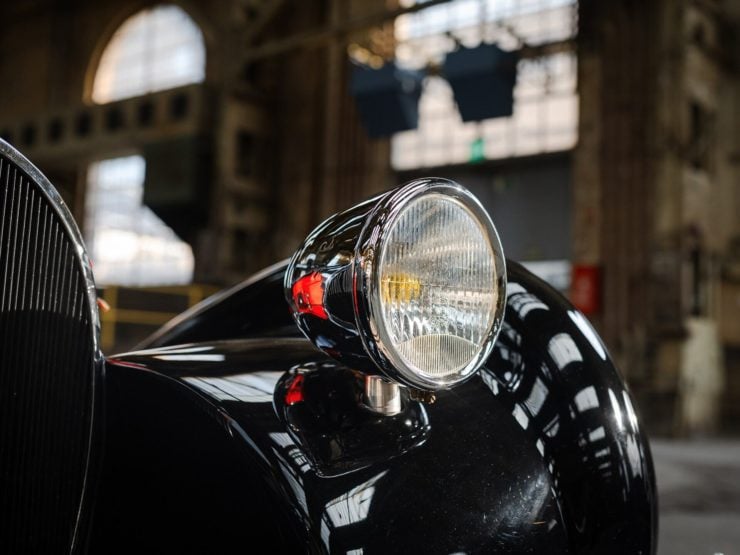
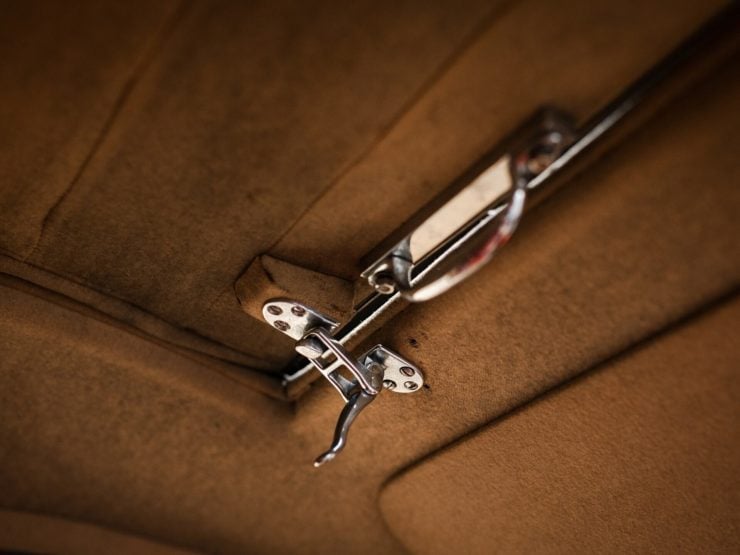
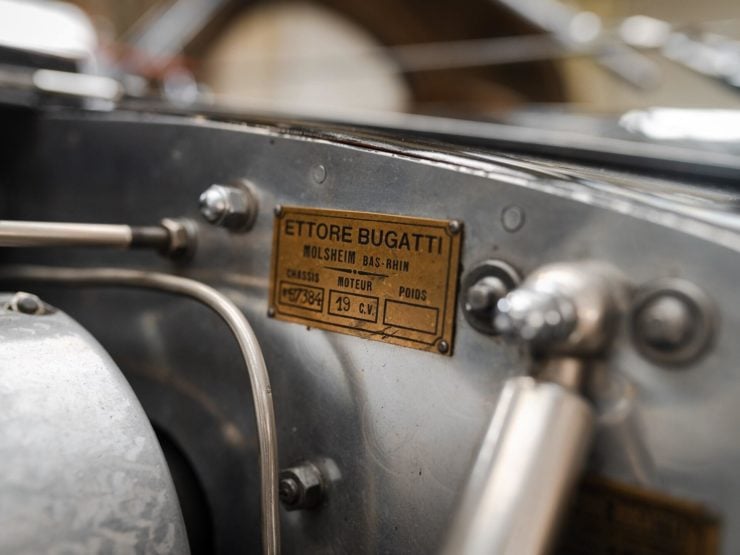
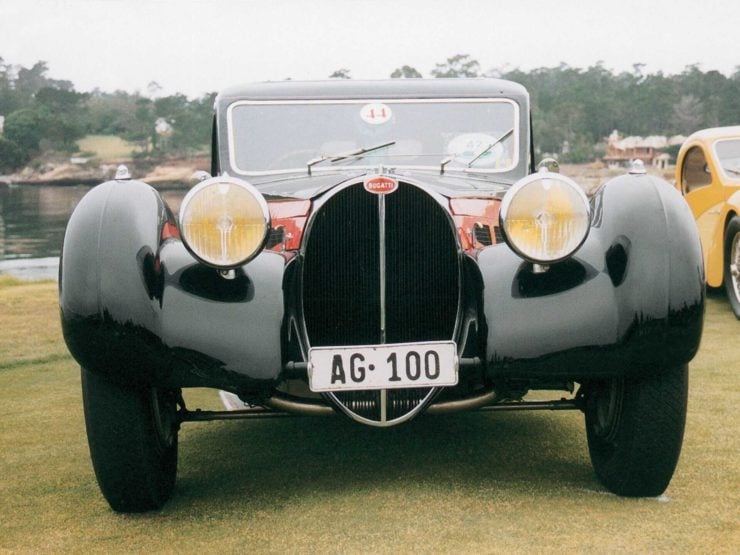
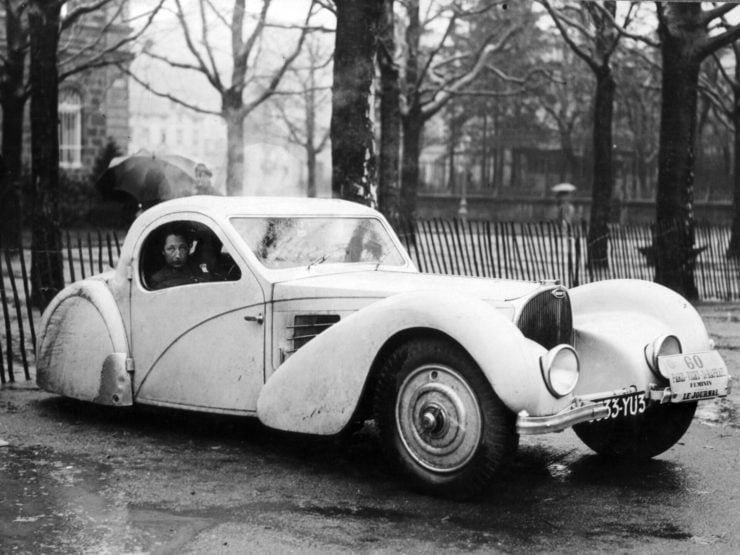
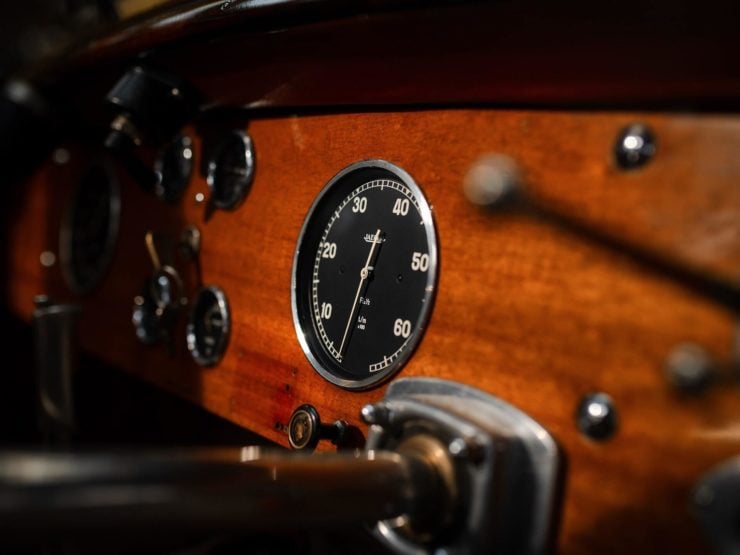
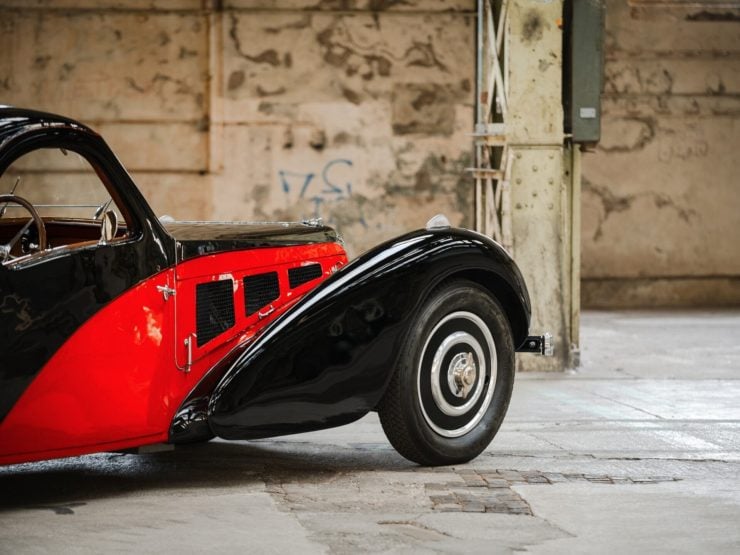

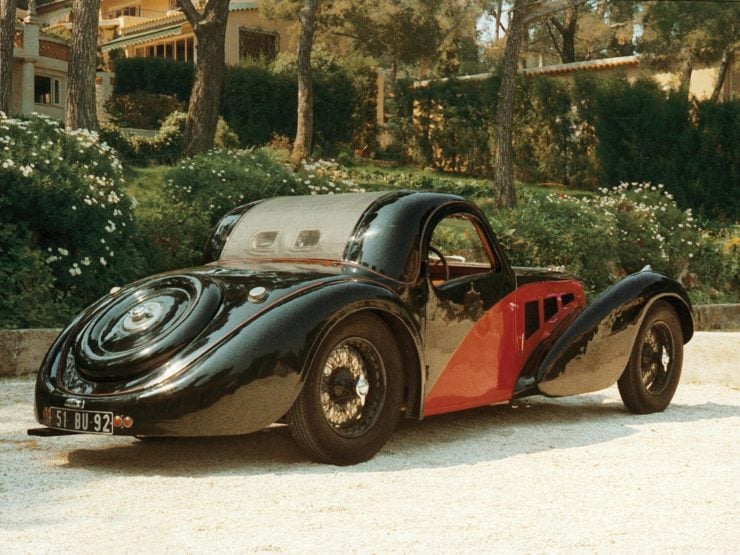
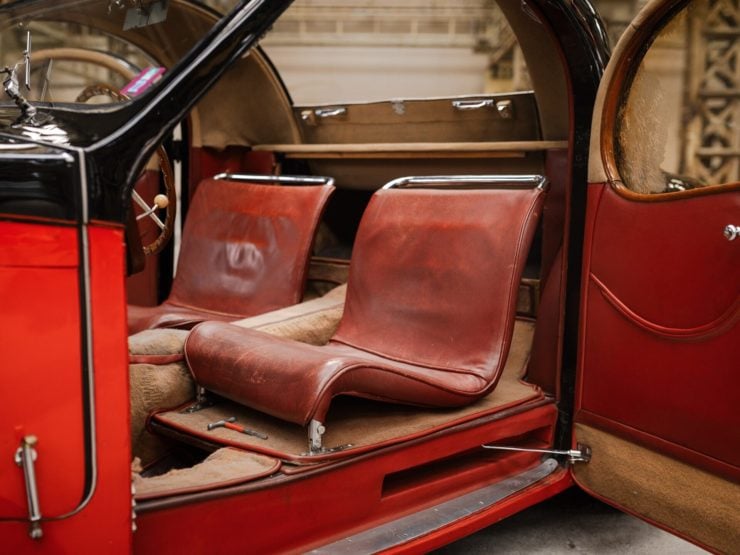
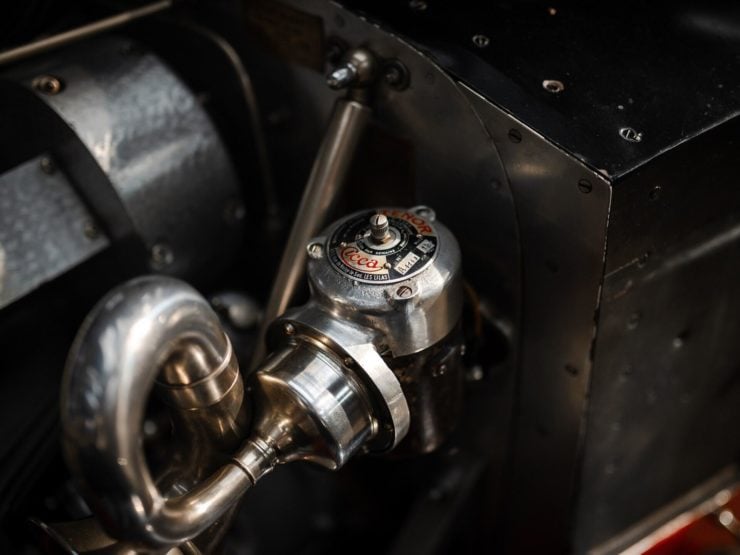
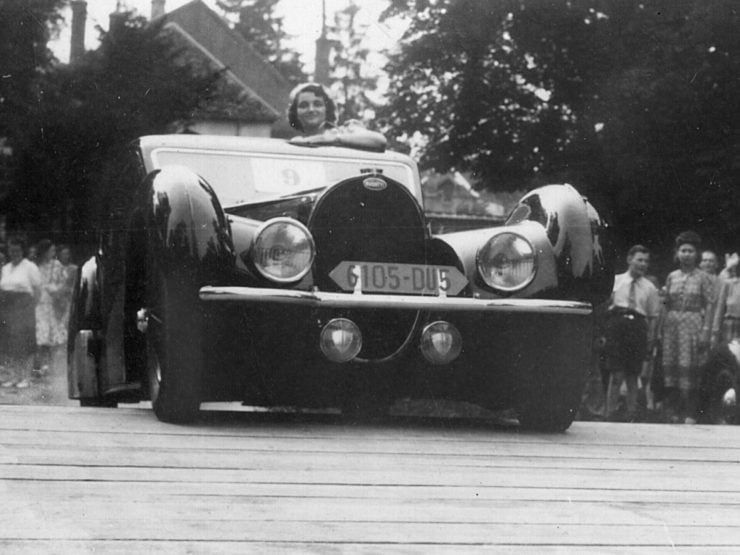
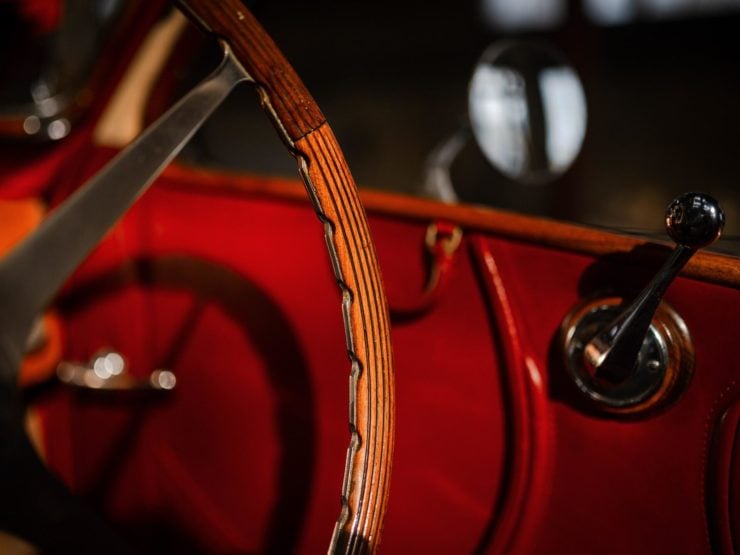

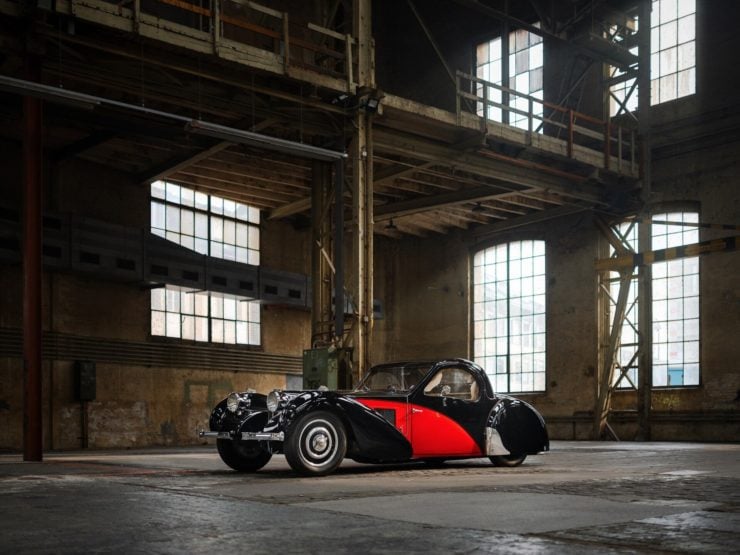
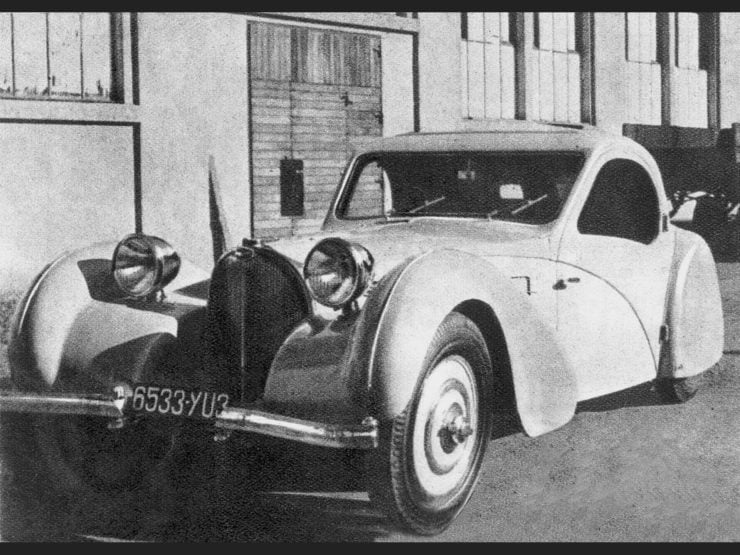
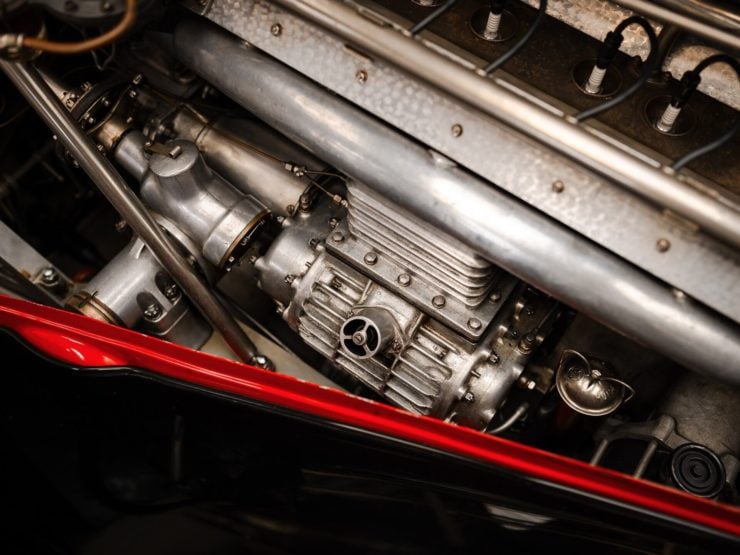
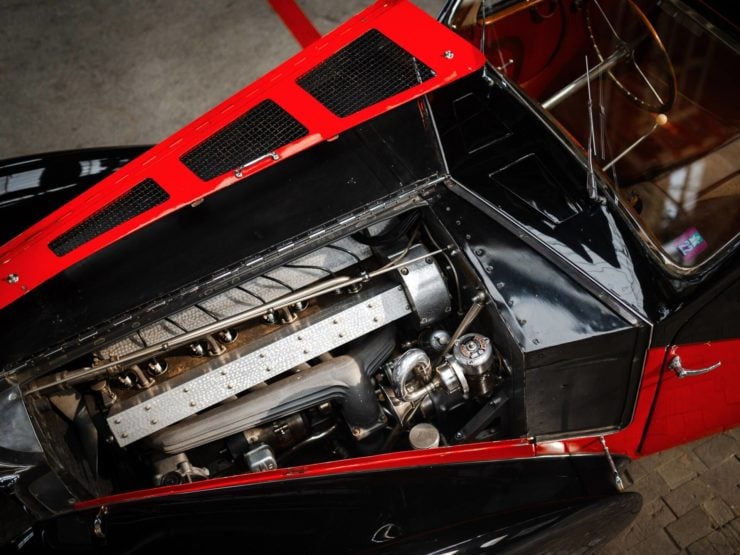
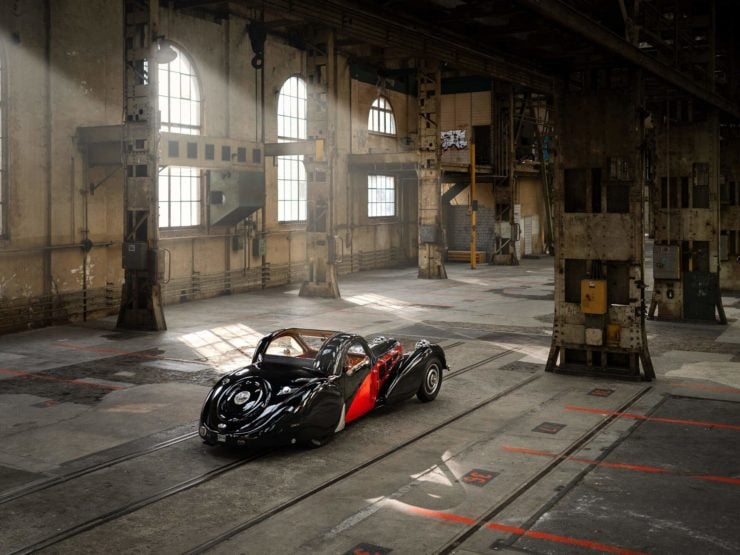
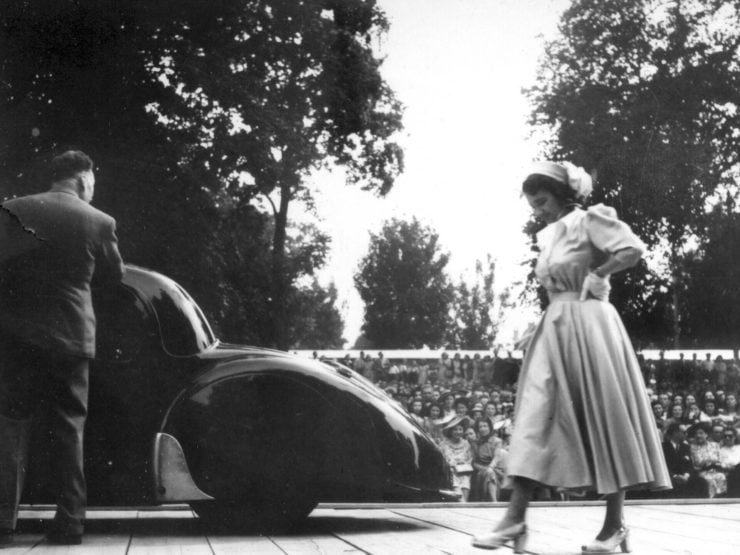
Picture credits: Photos of Chassis 57384 Andrea Klainguti ©2022 Courtesy of RM Sotheby’s, period photos courtesy of Pierre-Yves Laugier and Julius Kruta.

